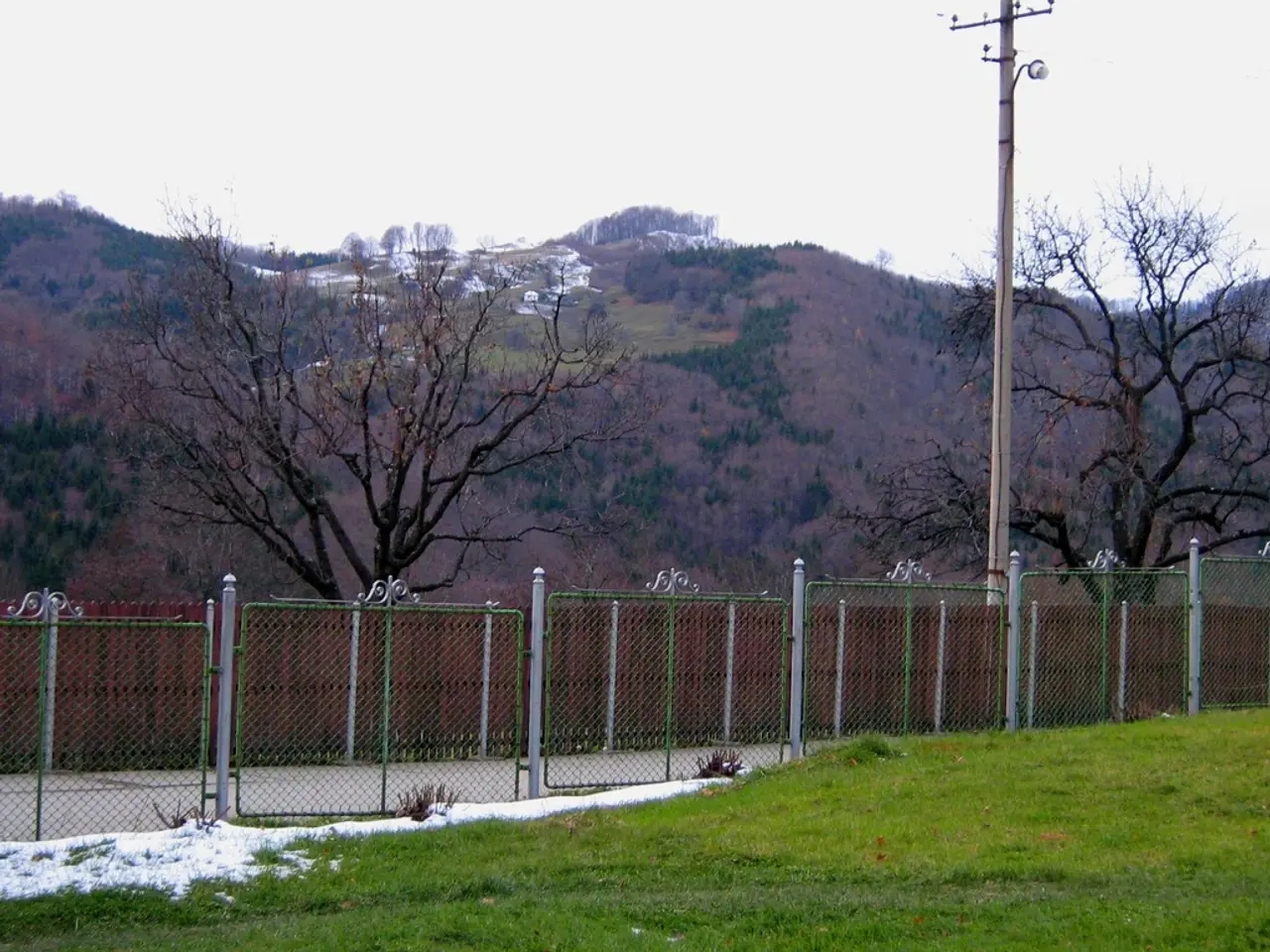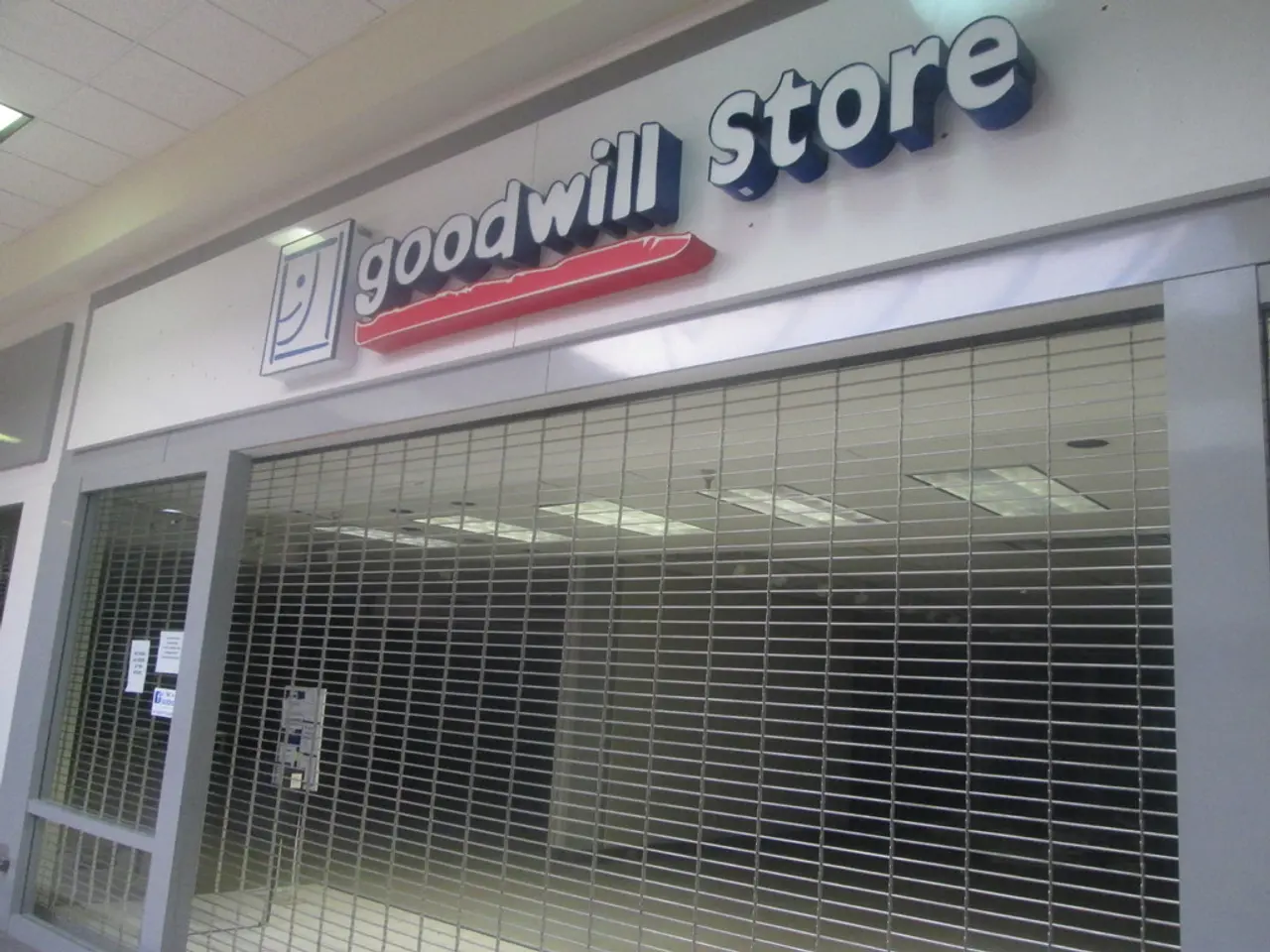Expensive real estate in city centers and the Alps proves difficult to afford
In the real estate market of Germany, the affordability of single and two-family houses varies significantly between larger cities and smaller metropolitan areas or rural regions. This disparity is influenced by a combination of demand dynamics, construction and regulatory factors, and broader economic trends.
The demand for housing in major cities such as Munich, Berlin, and Frankfurt is consistently higher than the supply, leading to rapid rent and price increases. Over the past decade, rents have risen nearly 50%, and even more sharply in Berlin. In contrast, smaller cities and rural areas experience less intense competition for housing, resulting in relatively stable or lower prices.
Construction activity in large cities faces numerous challenges, including regulatory hurdles, lengthy approval processes, and limited space, contributing to a bottleneck in the supply of affordable housing. In 2024, the number of new apartments built nationally dropped sharply, missing government targets and exacerbating the shortage in urban centers.
Regulatory barriers, such as zoning, historical preservation rules, and NIMBY opposition, slow development and raise costs in large cities. Smaller towns and rural areas often have more flexible planning regulations and available land, enabling faster, less expensive construction.
The affordability of residential property is measured by the new "Affordability Index" developed by the Institute of the German Economy in Cologne and credit intermediary Interhyp. The index compares local real estate prices to respective incomes, with an index value of 100 set for the 35-percent threshold, which refers to the upper limit of the middle income group, not average incomes.
Currently, houses are more affordable than they were in 2023. The most affordable federal state is Saarland with an index value of 151, while the least affordable place to own a home is at the edge of the Alps in the Upper Bavarian district of Miesbach, with an index value of 52 points. Holzminden in southern Lower Saxony is the most affordable municipality for real estate buyers in Germany, with an index value of 174.
Policy efforts to accelerate construction and lower costs may help over time, but structural disparities between urban and rural housing markets are likely to persist in the near term. Michael Voigtländer, an IW real estate expert, calls for "broad-based new construction promotion" to ease the situation. He expects annual increases of three to five percent in both purchase prices and rents.
In expensive Munich, an income of 80,000 euros corresponds to the 35-percent threshold, according to Voigtländer. The Tegernsee, where former FC Bayern president Uli Hoeneß and several other millionaires have settled, contributes to the high unaffordability in Miesbach.
The nationwide average in Germany is currently at exactly 100 points, indicating that the average German spends an average of 35% of their monthly net income on financing their home. However, in many large cities, this exceeds 40%.
In summary, the affordability gap is primarily driven by differences in demand intensity, land and construction costs, regulatory environments, and local economic conditions. The outlook for housing affordability in Germany’s largest cities and most expensive regions is expected to continue rising faster than in smaller cities and rural areas, due to persistent housing shortages, regulatory challenges, and strong economic drivers.
- To combat the persisting housing shortages and affordability issues in large cities like Munich, Berlin, and Frankfurt, policy considerations could includefocusing on broad-based new construction promotion as proposed by real estate expert Michael Voigtländer, aiming to lower costs and accelerate construction.
- Personal financial planning is critical for those interested in investing in real estate, particularly in the more affordable areas, such as Holzminden in southern Lower Saxony, which offers an index value of 174 compared to Miesbach's 52 points, known for its high unaffordability.




